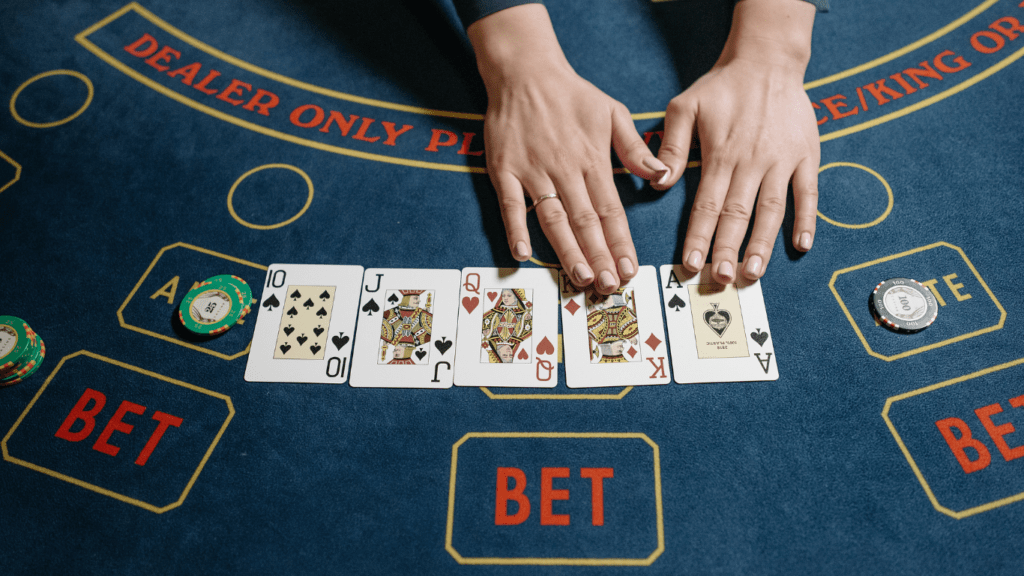Have you ever found yourself unable to walk away from a losing investment or project, even when deep down you knew it was the rational choice? In this article, I’ll delve into the intriguing psychology behind why people chase losses, a phenomenon known as the Sunk Cost Fallacy.
As I explore the reasons why individuals continue to pursue endeavors that are no longer viable, we’ll uncover the cognitive biases and emotional triggers that drive this behavior. Understanding the Sunk Cost Fallacy can shed light on how our decision-making processes can be clouded by past investments, leading us to make choices that defy logic.
Join me on this insightful journey as we analyze real-life examples and psychological studies to unravel the complexities of why we sometimes find it so challenging to let go of our losses.
Understanding Loss Aversion and Sunk Cost Fallacy
Exploring the realm of human behavior and decision-making, one can’t ignore the powerful forces of loss aversion and the sunk cost fallacy. These psychological phenomena shed light on why individuals find it challenging to detach themselves from failing endeavors and investments that have already incurred losses. The innate fear of losing drives us to hold on to these sinking ships, hoping against hope for a turnaround that may never come.
Psychological Factors Influencing Decision Making
- Cognitive Dissonance: Individuals struggle to walk away from sunk costs due to cognitive dissonance, which occurs when conflicting beliefs and actions create discomfort. To resolve this discomfort, they justify their past decisions even if they are no longer rational.
- Endowment Effect: People ascribe higher value to things they own compared to identical items they do not possess. This bias affects decision-making by making it more difficult to part with investments, even when they are no longer financially viable.
Real-life Examples of Sunk Cost Fallacy
Exploring real-life instances helps to understand how the Sunk Cost Fallacy manifests in various situations. In one example, let’s consider a person who has invested a significant amount of money in a failing business venture but continues to pour more funds into it despite diminishing returns. This behavior is driven by the reluctance to accept losses already incurred, leading to further financial setbacks.
Another common scenario is witnessed in relationships, where individuals stay in unhealthy or unfulfilling partnerships because they have invested time and effort into them. Despite recognizing the negative aspects, they struggle to walk away due to the emotional investment already made, falling victim to the Sunk Cost Fallacy.
Moreover, in the realm of technology, individuals often cling to outdated devices or software, even when more efficient options are available. The attachment to the initial investment, both financially and emotionally, hinders their ability to switch to better alternatives, highlighting the influence of the Sunk Cost Fallacy in everyday decisions.
Strategies to Overcome the Sunk Cost Fallacy
Drawing from psychological insights, there are effective strategies that I can employ to overcome the Sunk Cost Fallacy and make rational decisions. By recognizing the influence of cognitive biases and emotional attachments on my judgment, I can implement the following strategies to counteract their impact:
1. Reassess Goals and Priorities
I’ll begin by reassessing my goals and priorities to determine if continuing with a failing investment aligns with my long-term objectives. By clarifying what truly matters to me and evaluating whether the current endeavor serves those objectives, I can detach myself from sunk costs and focus on future benefits.
2. Seek External Perspectives
I’ll seek external perspectives from trusted individuals or professionals to gain fresh insights into my situation. Consulting with impartial parties can offer alternative viewpoints, challenge my preconceptions, and help me see beyond the emotional investment I’ve made, enabling a more objective evaluation of the situation.
3. Set Clear Exit Points
Establishing clear exit points and predefined criteria for when to cut losses can prevent further escalation of the Sunk Cost Fallacy. By determining in advance the thresholds or conditions that would justify abandoning the investment, I can make decisions based on rational parameters rather than emotional attachment to past investments.
4. Focus on Opportunity Cost
Shifting my focus from past losses to future opportunities can help me overcome the Sunk Cost Fallacy. By weighing the opportunity cost of persisting in a failing venture against the potential gains from reallocating resources to more promising endeavors, I can make decisions based on maximizing future returns rather than trying to recoup sunk costs.
5. Practice Mindfulness and Reflection
Engaging in mindfulness practices and reflective exercises can enhance my self-awareness and emotional resilience in decision-making. By cultivating mindfulness techniques and regularly reflecting on my motivations and thought processes, I can mitigate the influence of emotional biases and make clearer, more rational choices.
6. Utilize Decision-Making Tools
Leveraging decision-making tools, such as cost-benefit analyses, scenario planning, or decision matrices, can provide structured frameworks for evaluating choices objectively. By applying these tools to assess the potential outcomes, risks, and benefits of different decisions, I can reduce the impact of emotional attachments and cognitive biases on my judgment.
7. Embrace Flexibility and Adaptability
Embracing flexibility and adaptability in my decision-making approach allows me to adjust course when necessary and respond to new information effectively. By acknowledging that circumstances evolve and new opportunities arise, I can be more open to changing directions, cutting losses when warranted, and pursuing alternative paths that better align with my goals.
By implementing these strategies, I can proactively address the cognitive traps of the Sunk Cost Fallacy and make rational, informed decisions that prioritize future outcomes over past investments.




